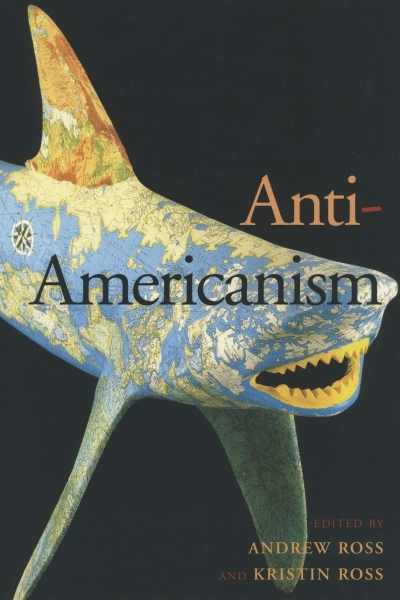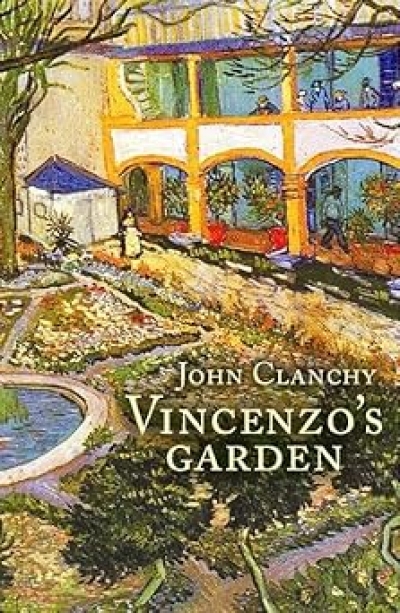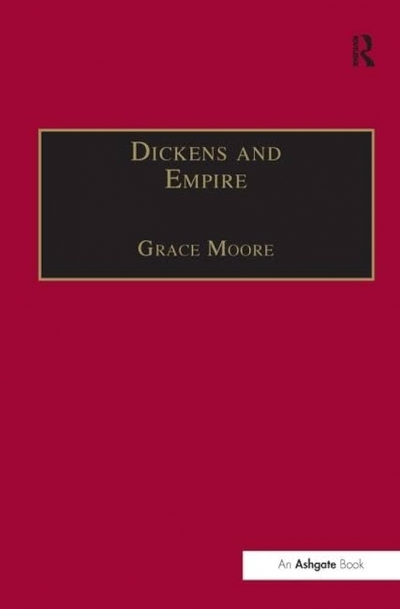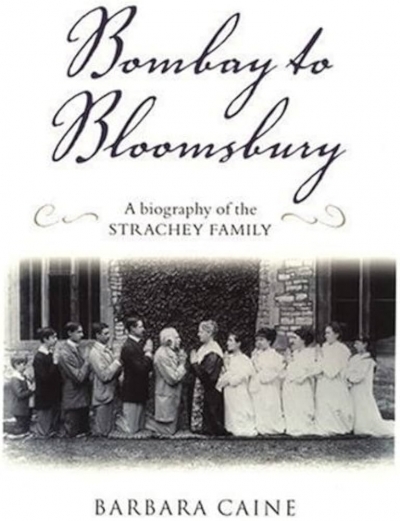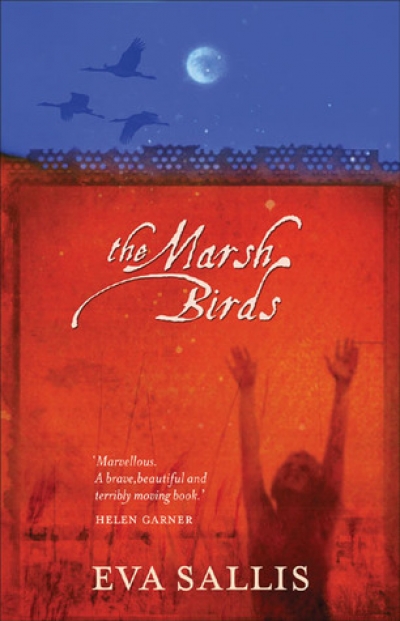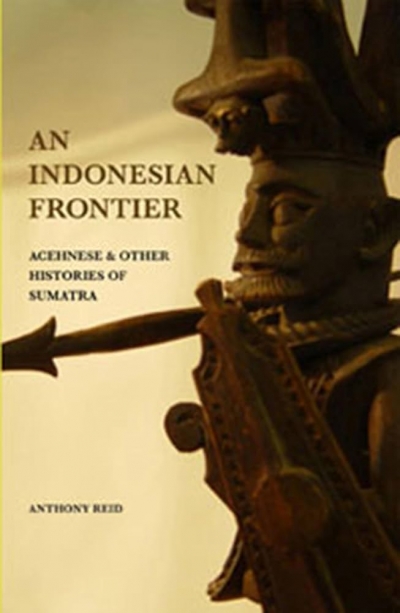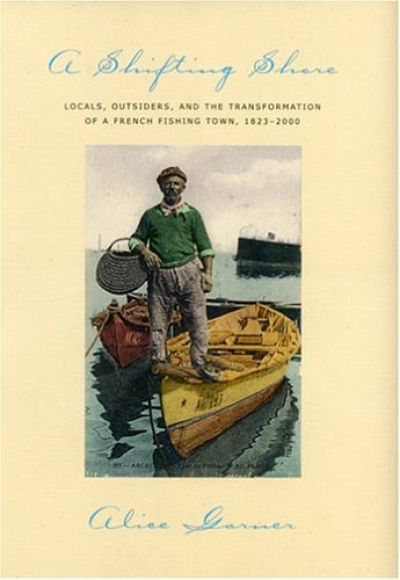Review
Punch On Punch Off by Geoff Goodfellow & Fontanelle by Andrew Lansdown
by David Gilbey •
Dickens and Empire: Discourses of class, race and colonialism in the works of Charles Dickens by Grace Moore
by Graham Tulloch •
The Persuaders: Inside the hidden machine of political advertising by Sally Young
by Grant Bailey •
Bombay to Bloomsbury: A biography of the Strachey family by Barbara Caine
by Ian Britain •
An Indonesian Frontier: Acehnese and other histories of Sumatra by Anthony Reid
by John Monfries •


